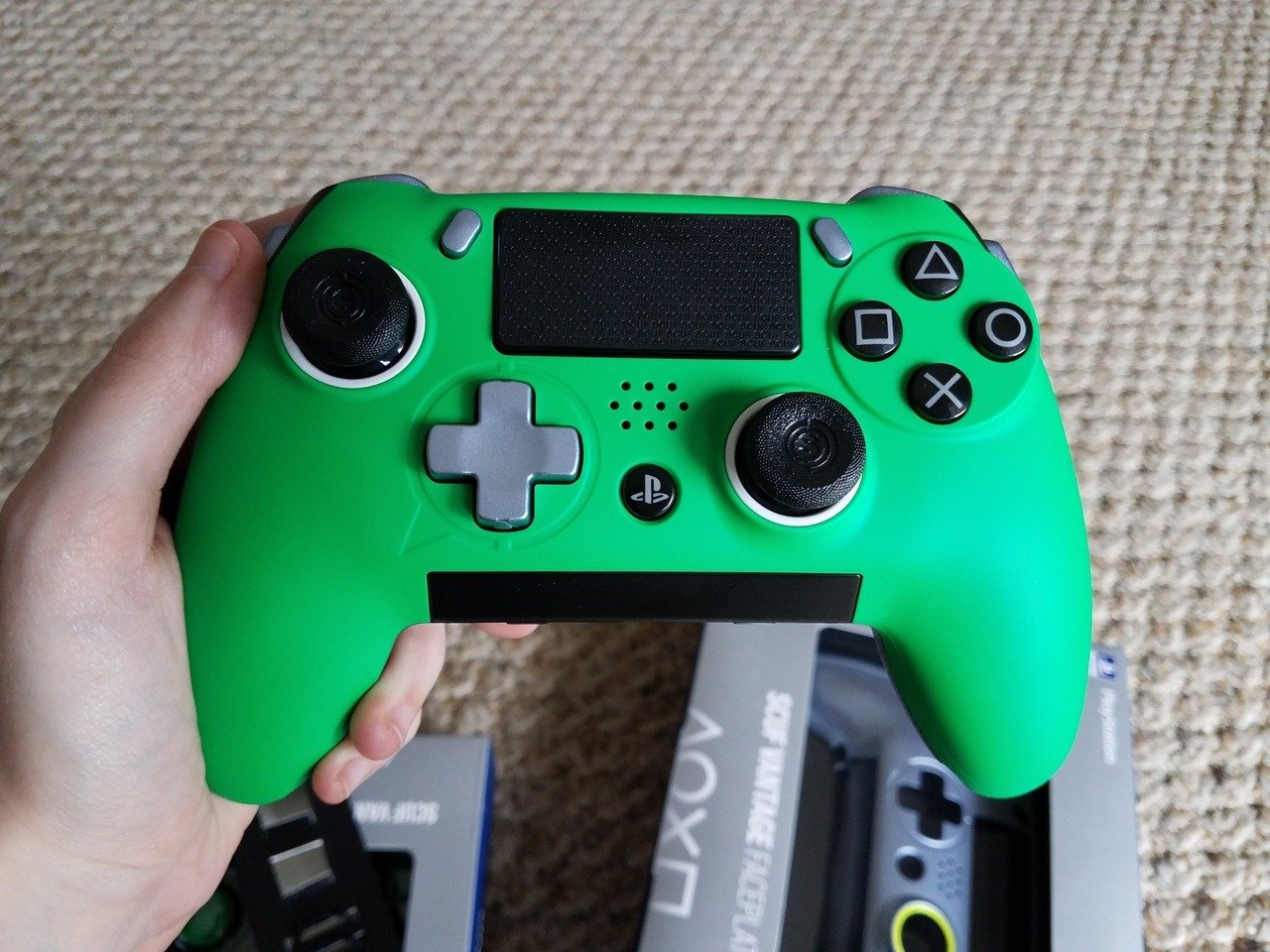If there's one major change I'd make on any of the PlayStation's DualShock controllers, it's their analog sticks. Specifically, their layout. I've never been a fan of the symmetry, and have always preferred the offset design of Xbox controllers. Thanks to the SCUF Vantage, I can now play my favorite PS4 games with a controller layout that feels much more comfortable. And for players only looking for a bit of extra customization to improve their gaming experience, the SCUF Vantage has you covered on that front, too.
The Good
- A lot of physical customization options
- Six remappable buttons
- Offset analog sticks
- Audio touch bar
- Long battery life
The Bad
- Pricey for casual gamers
- Faceplate is too smooth and slips in grip easily
- Inferior trigger design
SCUF Vantage What I like
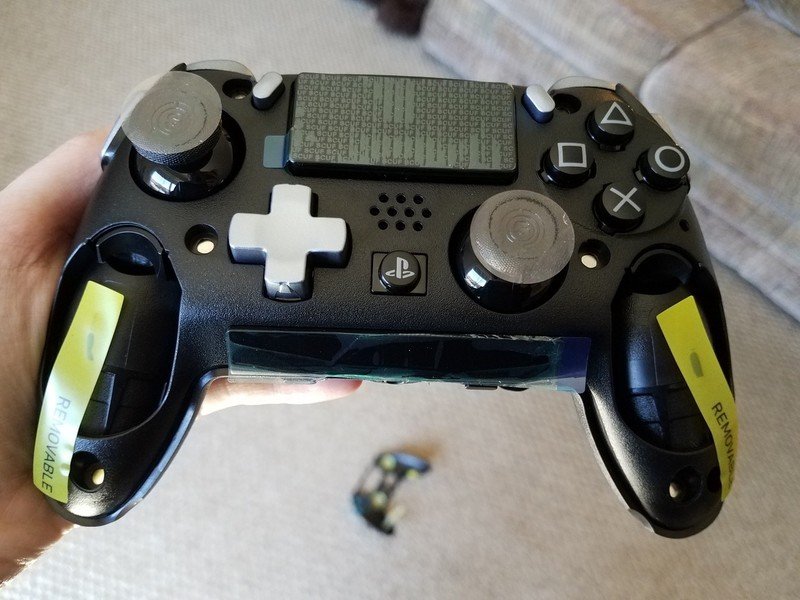
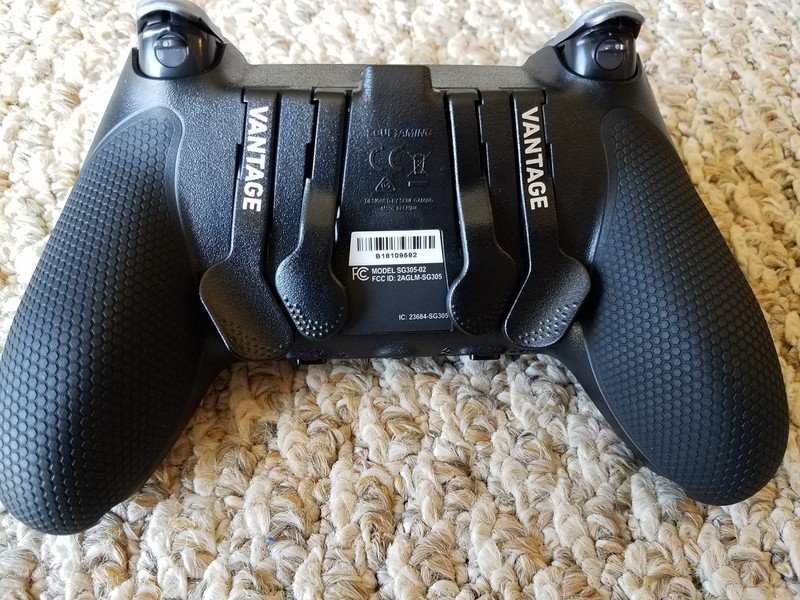
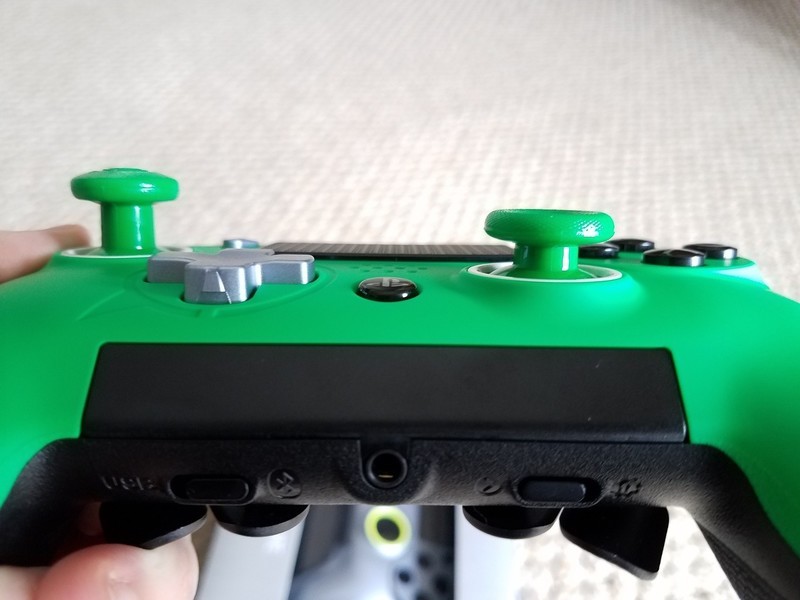
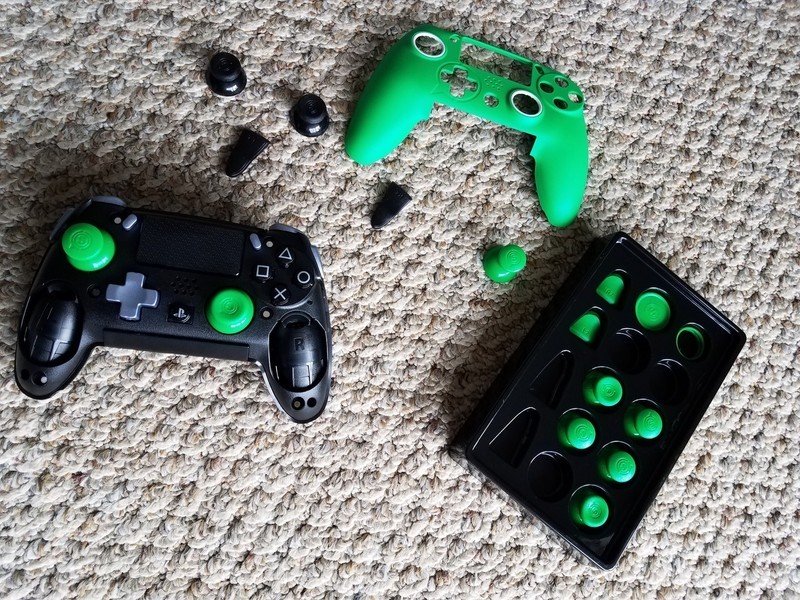

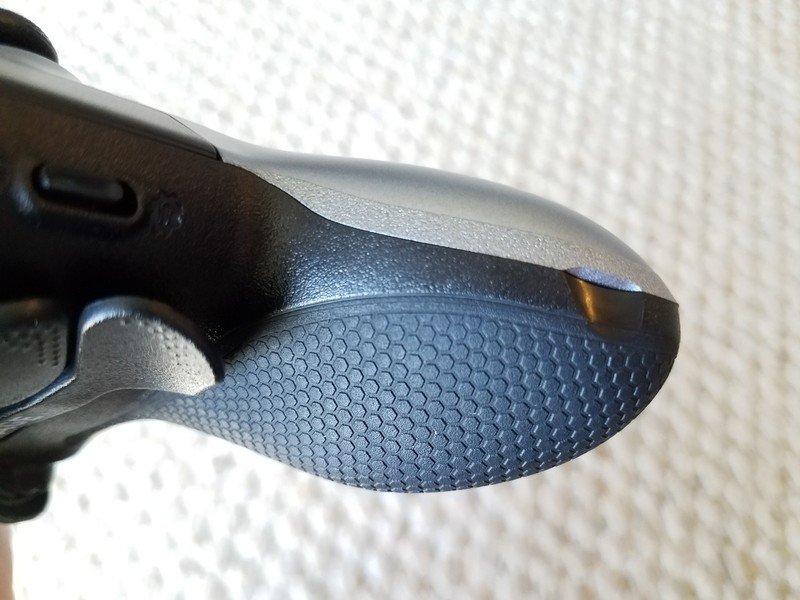
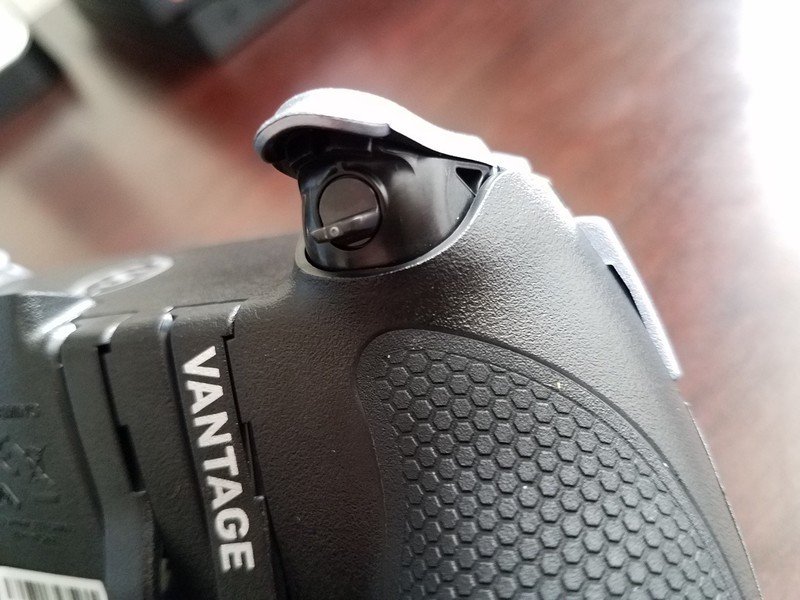
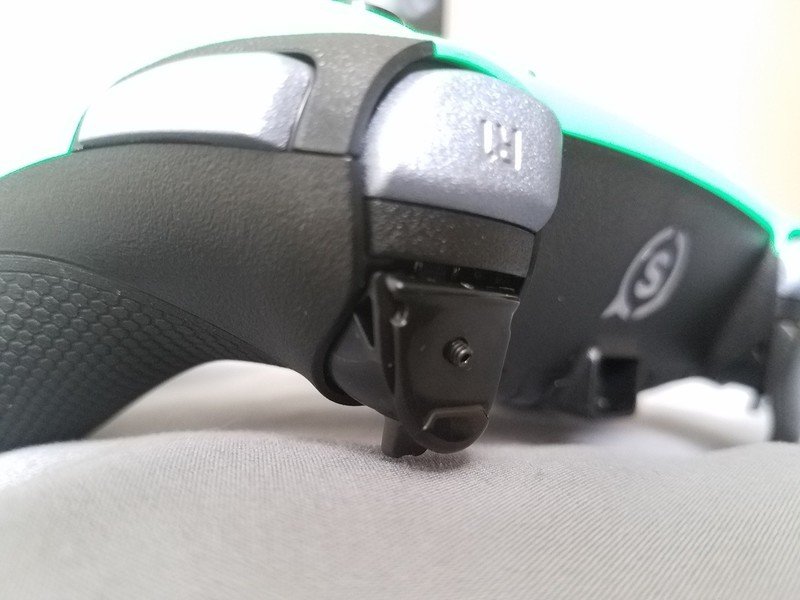
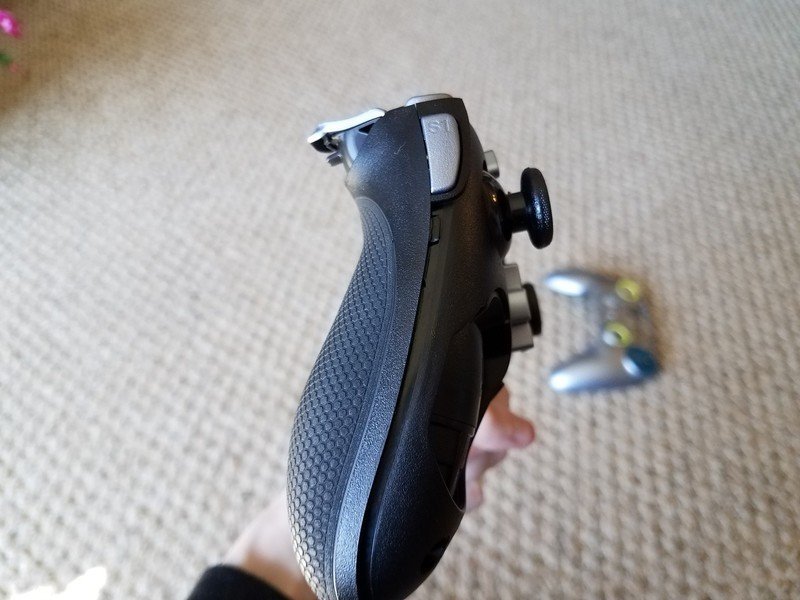
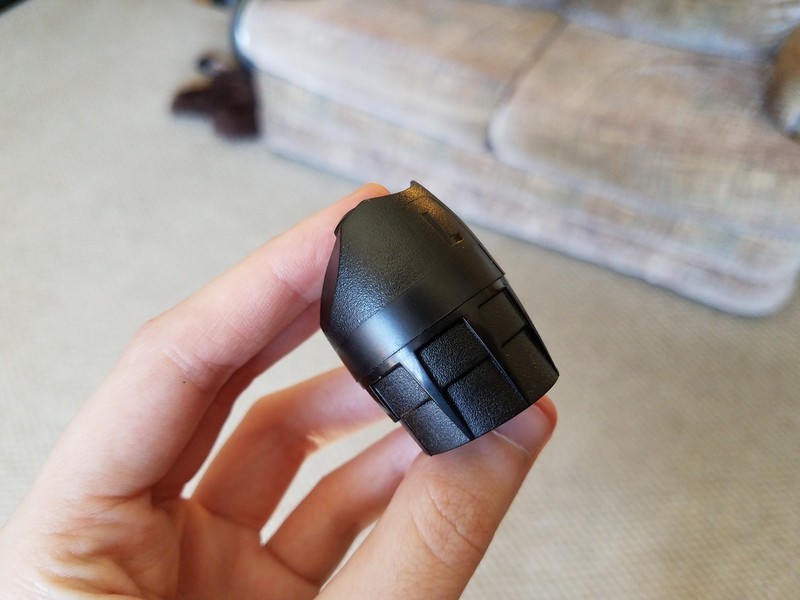
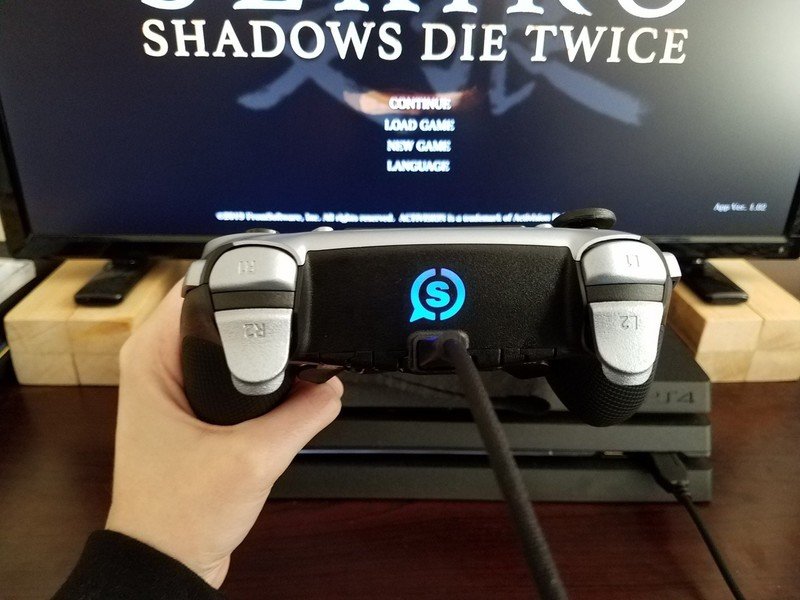
Aside from its analog sticks, there's a lot to love on this controller. Nearly every part of it is customizable, from its faceplate, paddles, Sax buttons, D-pad, thumbsticks, and triggers. You can even remove one of the two vibration motors if you really want to. Physically modding a DualShock 4 controller is exceedingly difficult as it's not designed to be taken apart like that. The SCUF Vantage is, and swapping out parts is a breeze. I was a little nervous pulling the triggers off at first as I didn't want to accidentally break them, especially when trying to remove the extended triggers it comes with, but you should have nothing to worry about in that regard. While it takes a little force to remove them, it's nothing that will damage the controller in any way. I've tried it dozens of times just to make sure.
Where it has an advantage over the competition is that it features six remappable buttons—four back paddles and two Sax buttons on either side next to the R1 and L1 bumpers. Many premium controllers like this only feature four paddles, like the Razer Raiju Ultimate I was previously using. The SCUF Vantage offers more control over how you want to play a game, and this is certainly a boon for competitive players. Though it does not have app support like the Razer Raiju Ultimate for button remapping, it's still quick and easy to do it the old fashioned way. Simply toggle the switch so that the controller is in remapping mode and press the button you'd like to remap along with the paddle you want to remap it to.
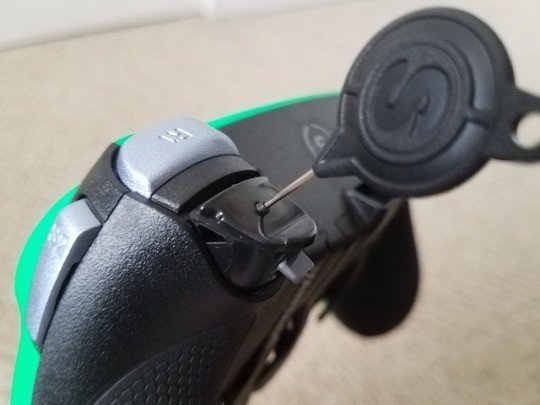
Independent of your ability to tighten or loosen its hair triggers to your preferred tension, it also sports a tiny knob under each trigger to shorten the distance it takes to press it. Combine this quick stop knob with a loose hair trigger, and you'll need little to no pressure to use it while playing a game. And if that sensitivity is too much for you then you can always tighten the hair triggers so that you'll need to apply more pressure to get a shot off. Certain games will require different amounts of tension depending on your tastes and the particular gameplay involved, and adjusting each trigger is made easy with the SCUF Key you receive with the controller.
Notably, I was also surprised by its long battery life. I've been playing Sekiro: Shadows Die Twice nearly every day for the past week and a half, and I've only had to charge it once—right after I took it out of the box. These aren't exactly super long gaming sessions, maybe an hour or two depending on how frustrated I get with a particular boss, but it adds up over time.
SCUF Vantage What I don't like
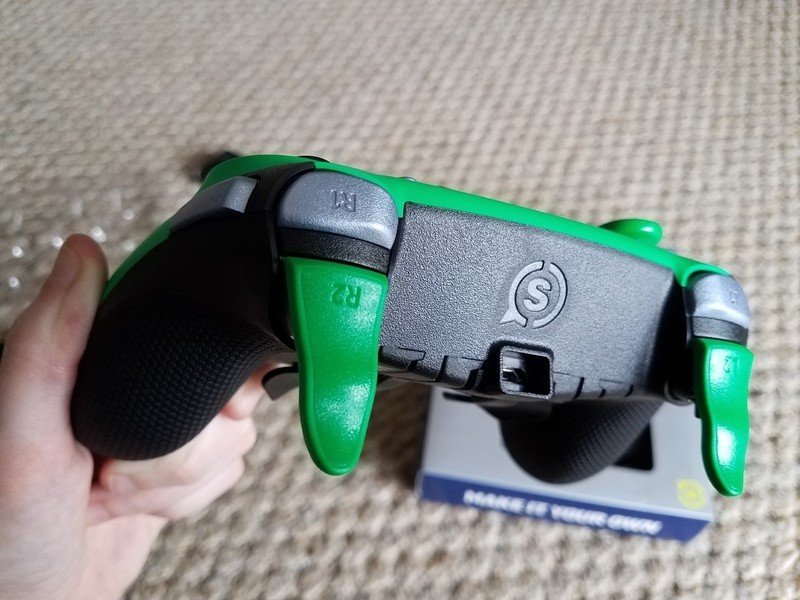
My biggest gripe with the SCUF Vantage is the faceplate it comes with. While I love that it can be swapped out, the material and texture itself is too smooth. When using it for more than an hour, it's easy for your hands to get sweaty and start slipping. The back of the handles features a textured grip, but the front is where the problem is. If I had to compare to it something, imagine a glossy surface versus a matte one. I wouldn't quite go as far as to call the faceplate glossy, because it isn't, but that's a good approximation of how it feels compared to others with slightly rougher textures.
The design of the triggers themselves is also disappointing. Xbox and Razer nailed it with curved slopes around the side to match the natural resting position of your index fingers. The SCUF Vantage, on the other hand, has a harsh 90° angle to its triggers, making them less comfortable to use. They're similar to the normal DualShock 4's triggers, whether you choose to use the short or long ones on the Vantage.
Another area where it falls flat is its four face buttons. There's nothing special about them, and that's the problem. My Razer Raiju Ultimate offers tactile feedback in the form of a crisp click that you can both hear and feel. When I press a face button on the SCUF Vantage, it feels more similar to when I do so on a DualShock 4 controller, and it makes for a softer press that doesn't offer the same satisfying feedback that I've grown accustomed to.
Should you buy the SCUF Vantage? Yes
Players who need more than the average DualShock 4 controller—and have the extra money to spend—should certainly give the SCUF Vantage consideration. Professionals use it for a reason, and that's because it's reliable and high-quality. For enthusiasts who love the customization options, being able to physically swap out nearly every part at your whim basically makes this the Build-A-Bear of controllers.
4 out of 5
Personally, though, as much as I love the offset analog sticks I find myself wanting to switch back to my Razer Raiju Ultimate controller. The slight differences of the Raiju Ultimate's grip, triggers, and buttons make it too appealing to give up, though not everyone will feel the same way. No hard feelings, SCUF. It's not you, it's me.
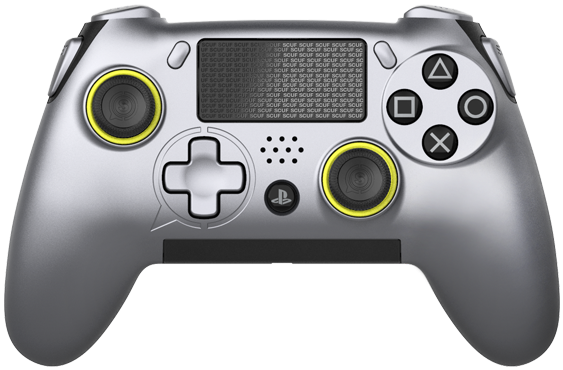
Professionals use this for a good reason
SCUF knows how to make quality controllers, and it's evident with the company's latest Vantage for PS4. It feels both familiar and comfortable to hold while bringing enhanced features to the table not found on a regular DualShock 4.

Jennifer Locke has been playing video games nearly her entire life. You can find her posting pictures of her dog and obsessing over PlayStation and Xbox, Star Wars, and other geeky things.
